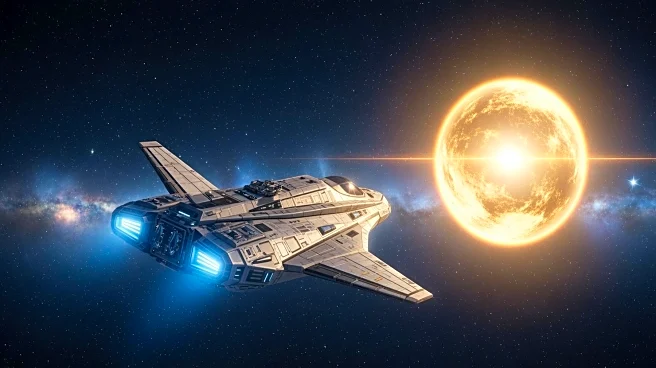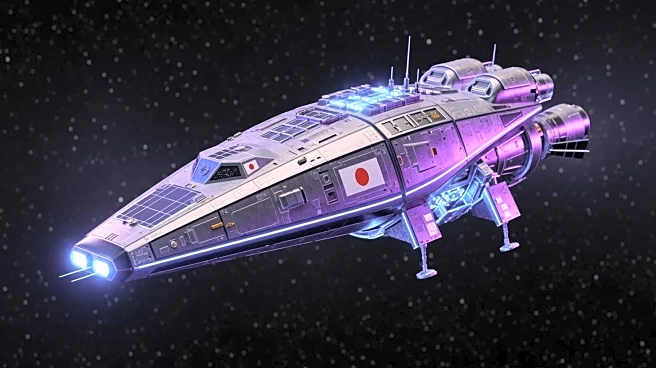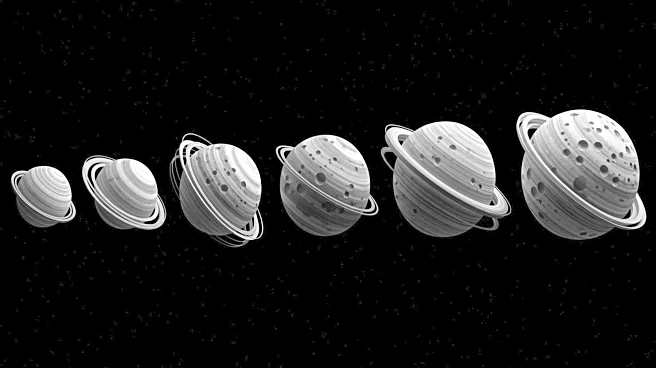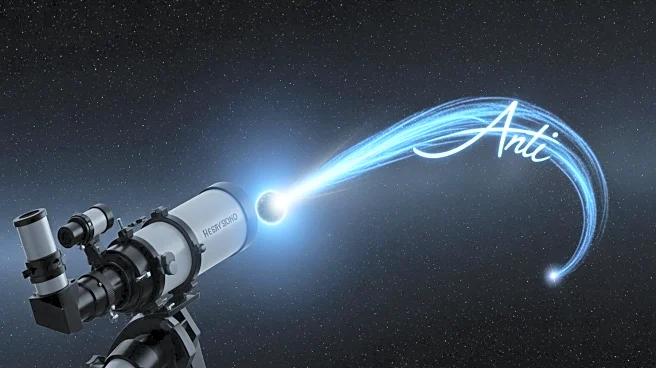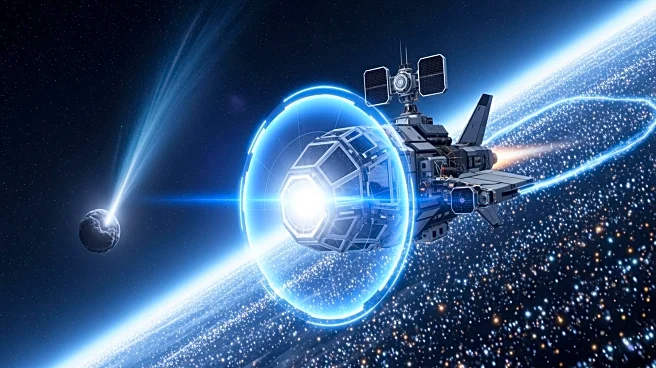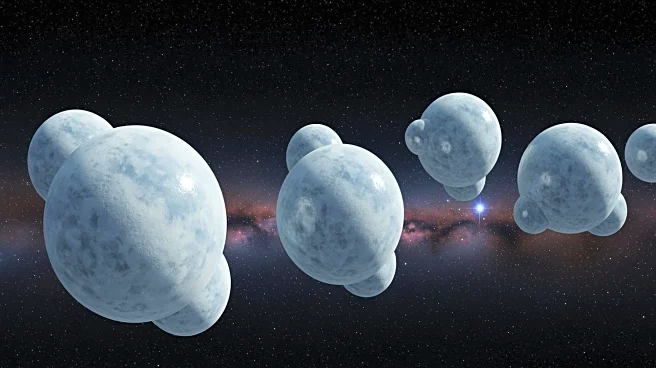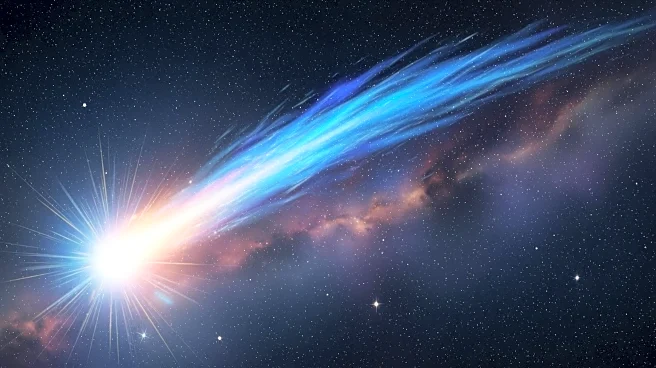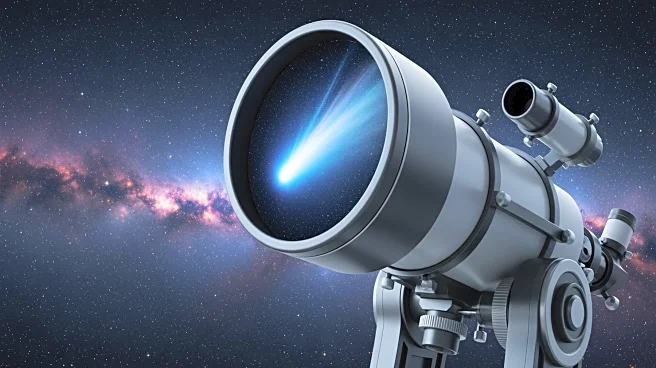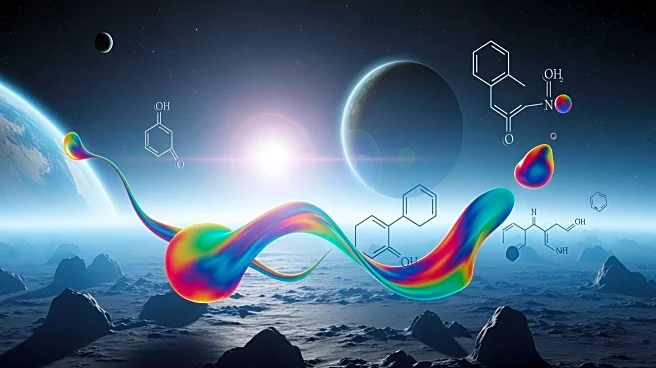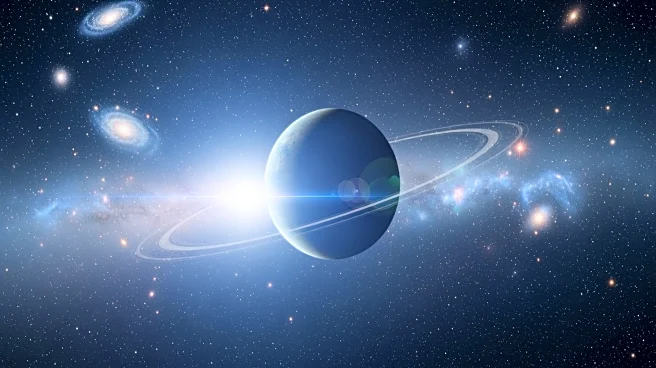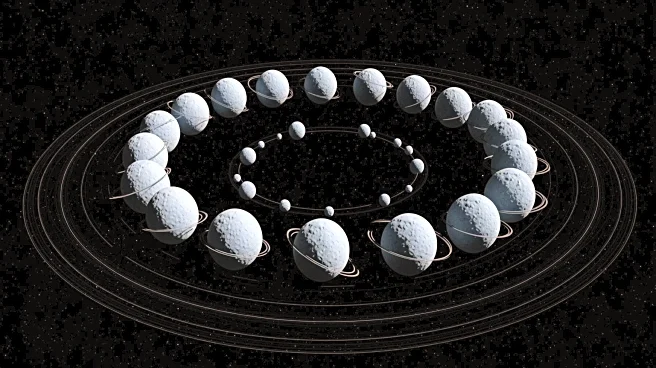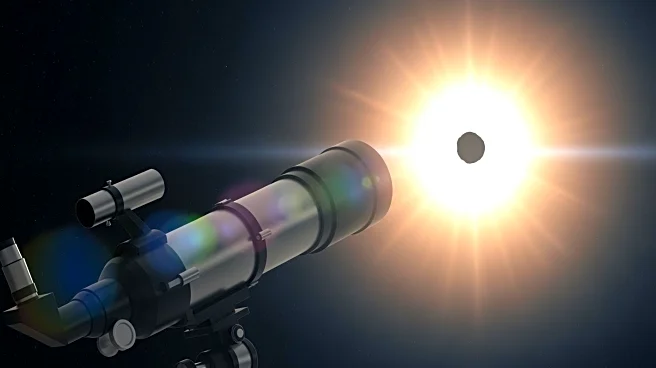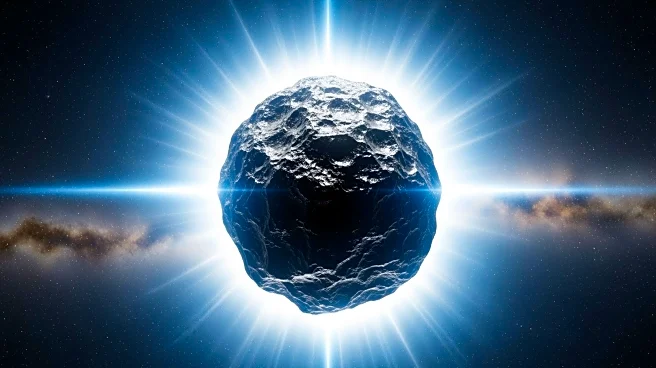What's Happening?
The BepiColombo mission, a joint effort by the European Space Agency and the Japan Aerospace Exploration Agency, is on its way to Mercury after completing its final flyby of the planet on January 8, 2025. Launched on October 20, 2018, the mission consists
of two satellites: the Mercury Planetary Orbiter (MPO) and the Mercury Magnetospheric Orbiter (MMO). These satellites are tasked with studying Mercury's surface, geophysical properties, and magnetic field. The mission has utilized gravitational assistance from Venus and Mercury to reach its destination, with an expected arrival in November 2026.
Why It's Important?
BepiColombo is only the third mission to visit Mercury, following NASA's MESSENGER and Mariner 10. The mission aims to provide new insights into Mercury's composition and magnetic field, which are not well understood. Understanding Mercury's large core and magnetic field could offer clues about the planet's formation and evolution, as well as broader planetary processes. The mission's findings could also enhance our understanding of the solar system's innermost planet and its unique characteristics.
What's Next?
Upon arrival at Mercury, the two orbiters will separate to conduct their respective investigations. The MPO will focus on Mercury's surface and core, while the MMO will study the planet's magnetic field. The data collected will be analyzed to improve our understanding of Mercury and its place in the solar system. The mission's success could pave the way for future explorations of Mercury and other less-visited celestial bodies.
